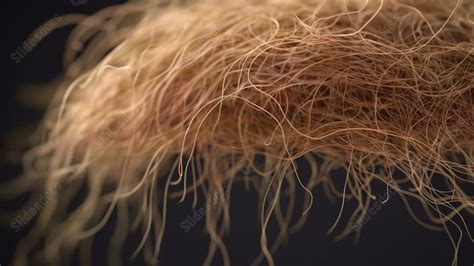Introduction

Hair plays a vital role in our overall appearance and self-confidence. Yet, many individuals struggle with hair concerns ranging from thinning to breakage. To address these challenges, it’s essential to understand the difference between “headful” and “handful” hair.
Headful Hair
Headful hair refers to a healthy and voluminous head of hair. It exhibits the following characteristics:
- Density: A sufficient number of hair follicles populate the scalp.
- Thickness: Each hair strand is of an adequate diameter.
- Volume: Hair appears full and covers the scalp completely.
- Shine: Healthy hair reflects light and appears lustrous.
Handful Hair
Handful hair, in contrast, is sparse, thin, and brittle. It often presents as follows:
- Low Density: Hair follicles are spaced out or absent in some areas.
- Thin Strands: Hair appears fine and weak.
- Low Volume: The hair appears flat and lacks fullness.
- Dullness: Hair tends to absorb rather than reflect light, resulting in a lackluster appearance.
Factors Influencing Hair Health
Numerous factors can contribute to hair concerns:
- Genetics: Hair density and texture are largely determined by our genes.
- Hormonal Changes: Hormones, particularly those related to puberty and pregnancy, can affect hair growth.
- Diet: A lack of essential nutrients, such as protein, iron, and biotin, can lead to hair loss.
- Styling Habits: Aggressive brushing, heat styling, and chemical treatments can damage hair.
- Medical Conditions: Certain health conditions, such as alopecia areata, can cause hair loss.
How to Achieve Headful Hair
Maintaining headful hair requires a holistic approach:
- Nourishing Diet: Consume a well-balanced diet rich in fruits, vegetables, and lean protein.
- Gentle Hair Care: Avoid harsh styling practices and use gentle hair care products.
- Stress Management: Stress can contribute to hair loss. Find healthy ways to manage stress.
- Medical Treatments: Consult with a dermatologist to explore medical options, such as minoxidil or finasteride, if other measures fail.
Benefits of Headful Hair
Headful hair offers a host of benefits:
- Self-Confidence: Healthy hair can boost self-esteem and confidence.
- Protective Barrier: Hair shields the scalp from environmental damage.
- Heat Insulation: Hair helps regulate body temperature.
- Social Interaction: A well-maintained head of hair can enhance social interactions and connections.
Handful Hair and Its Consequences
Handful hair can have a profound impact on individuals:
- Low Self-Esteem: Thinning hair can trigger feelings of insecurity and embarrassment.
- Social Anxiety: Handful hair can lead to social isolation and anxiety.
- Physical Health: In some cases, handful hair can be indicative of underlying health conditions.
Addressing Handful Hair
Managing handful hair requires patience and effort:
- Identify the Cause: Determine the underlying factors contributing to hair loss. Seek professional advice if necessary.
- Tailor Treatment: Implement personalized hair care strategies based on the underlying cause.
- Lifestyle Changes: Make lifestyle adjustments, such as improving diet and managing stress.
- Cosmetic Solutions: Consider cosmetic solutions, such as hair fillers or wigs, to enhance the appearance of hair.
Conclusion
Maintaining headful hair is a cornerstone of self-care and well-being. By understanding the difference between headful and handful hair, individuals can develop targeted strategies to achieve healthy and voluminous hair. Whether dealing with natural thinning or addressing hair concerns, it’s essential to approach the issue proactively and with informed knowledge.
Additional Information
- According to the American Academy of Dermatology, approximately 50% of women and 25% of men experience hair loss by the age of 50.
- A study published in the Journal of Cosmetic Dermatology found that hair loss can significantly impact an individual’s self-esteem and quality of life.
- A survey conducted by the National Hair Loss Association revealed that 85% of participants felt anxious or embarrassed about their hair loss.
- Researchers at the University of California, San Francisco have developed a new technique called “hair cloning” that holds promise for treating hair loss.
- “Haircology” is an emerging field that combines hair science with psychology to address the emotional and social aspects of hair concerns.
Table 1: Hair Density
| Density | Number of Hair Follicles per Square Inch |
|---|---|
| Thin | Less than 100 |
| Normal | 100-150 |
| Dense | Over 150 |
Table 2: Hair Thickness
| Thickness | Diameter of Hair Strand |
|---|---|
| Thin | Less than 0.05 mm |
| Normal | 0.05-0.1 mm |
| Thick | Over 0.1 mm |
Table 3: Hair Volume
| Volume | Percentage of Scalp Covered by Hair |
|---|---|
| Low | Less than 50% |
| Normal | 50-75% |
| High | Over 75% |
Table 4: Hair Shine
| Shine | Reflectance of Light |
|---|---|
| Dull | Less than 20% |
| Normal | 20-50% |
| Luminous | Over 50% |
